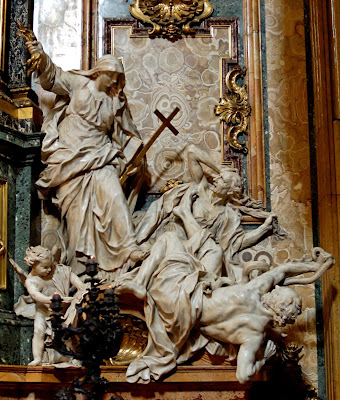Key-points of a thought surprisingly current
By Fr Serafino M. Lanzetta
This day marks the quincentenary of Martin Luther’s protest with his 95 theses in Wittenberg. It is common to trace back to that 31st October 1517 – supposedly the day when Luther nailed his theses to the door of the Cathedral – the beginning of the Protestant Reformation, although not all historians share this view. In fact, the real Lutheran turning point is not to be found in Luther’s protest against indulgences, but rather in his “Tower experience” (or of “the latrine”, as Luther also puts it, cf. Table Talks, 3232c), which will represent the Durchbruch, the ‘compelling passage’ to the Reformation and will be ‘official’ with the year 1520, when Luther composed his De captivitate babilonica Ecclesiae, offering his new doctrine about sacraments in relation to grace.
The event of this anniversary has been greeted with unexpected emotion and enthusiasm in the Catholic world. For example, Cardinal Kasper, in a recent little book on Luther from an ecumenical prospective, has encouraged us to look at the former Augustinian monk as a new St. Francis of Assisi who wanted simply to live the Gospel with his brethren; Luther should be enumerated “in the long tradition of Catholics reformers that have preceded him”. Very recently, Msgr. Galantino, the secretary of the Italian Bishops’ Conference, said that “the [Lutheran] Reform was an event of the Holy Spirit”.

































